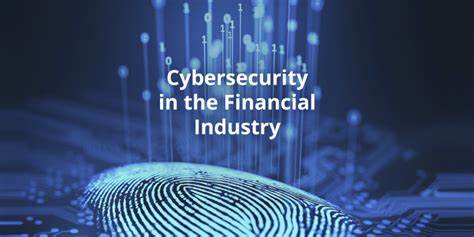Finance and Blockchain in 2025: Revolutionizing Trust and Transparency
In 2025, blockchain technology is no longer just a buzzword in the financial world—it’s a foundational force driving innovation, security, and transparency across the sector. What started with cryptocurrencies has matured into a multi-faceted ecosystem reshaping banking, asset management, payments, and more.
From Cryptocurrencies to Financial Infrastructure
Initially seen as a disruptive force through Bitcoin and Ethereum, blockchain is now being embraced by traditional financial institutions. Major banks, investment firms, and even governments are building on blockchain to streamline operations and improve trust in their systems.
Distributed ledger technology (DLT) offers a transparent, immutable way to record transactions, reducing fraud, minimizing reconciliation errors, and enhancing data integrity. For the finance sector, this means faster settlements, better audit trails, and lower operational costs.
Smart Contracts and Automation
Smart contracts—self-executing agreements coded on the blockchain—are changing how financial transactions are conducted. In 2025, these are widely used for issuing loans, managing insurance claims, and executing trades without intermediaries.
By removing manual processes and third parties, smart contracts lower costs and reduce the potential for disputes. They also enable more complex financial instruments to be managed with transparency and efficiency, paving the way for programmable finance.
Tokenization of Assets
Blockchain allows for the tokenization of real-world assets, turning physical or traditional assets like real estate, stocks, bonds, or even art into digital tokens that can be traded securely on blockchain platforms.
This innovation democratizes access to investment opportunities by lowering the barrier to entry. In 2025, fractional ownership via tokens is allowing individuals to invest in high-value assets without needing large capital, opening up new markets and boosting liquidity.
Cross-Border Payments and CBDCs
Cross-border transactions have traditionally been slow, expensive, and opaque. Blockchain solves this with near-instant, low-cost, and transparent payment solutions. Stablecoins and blockchain-based remittance platforms are now offering real-time transfers with minimal fees.
Central Bank Digital Currencies (CBDCs) are also becoming a reality. Countries like China, the EU, and India are rolling out their own digital currencies, which are built on blockchain or similar DLT systems. CBDCs aim to enhance financial inclusion, improve monetary policy control, and ensure regulatory oversight in a digitized economy.
Challenges and the Road Ahead
Despite its benefits, blockchain in finance still faces hurdles. Scalability, energy efficiency, regulatory uncertainty, and interoperability between blockchain networks are ongoing challenges.
In response, the industry is moving toward “green blockchains”, more efficient consensus mechanisms like Proof of Stake (PoS), and collaborative regulation involving governments, tech providers, and financial institutions.





